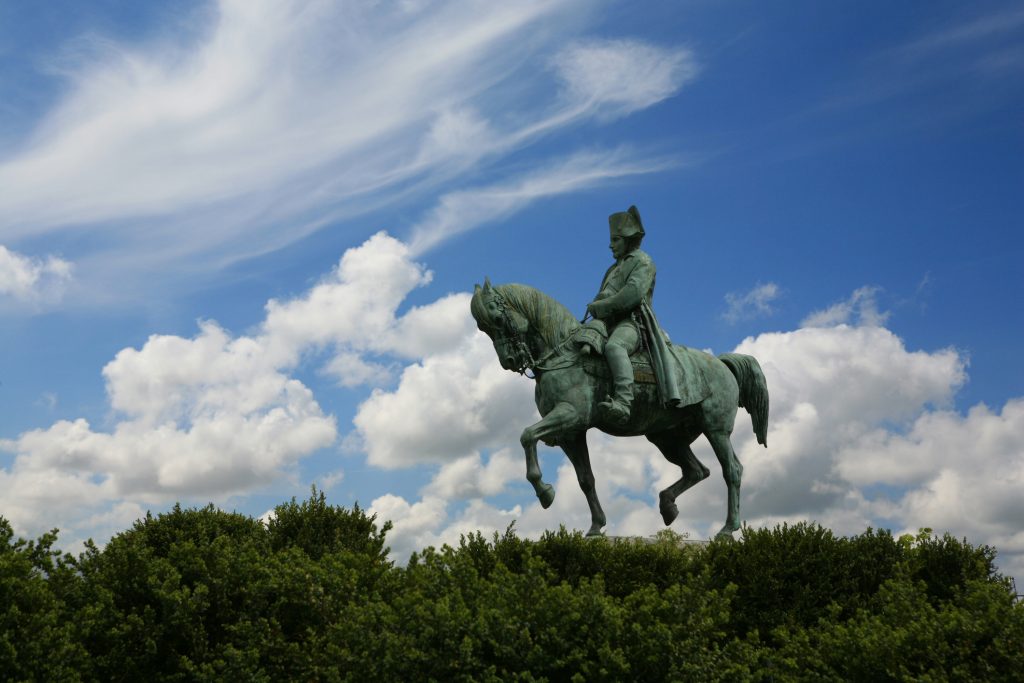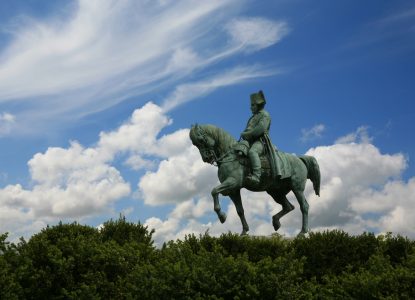By Dr. James Christie, Ambassador-at-Large, Canadian Multifaith Federation
– – –
Do kids still like nonsense stories and silly jokes? I wonder.
I remember the ‘elephant jokes’ of two generations ago. “How many elephants can you fit in a Volkswagen?” Answer: four; two in the front and two in the back. (Laugh now.)
Or, “How do you know an elephant has climbed into bed with you?” Answer: By the ‘E’ on his pajamas. (Laugh even louder.)
Then, there is a personal favourite: “What colour was Napoleon’s white horse?” (Now groan.)

A Pathologically Ambitious Icon
Actually, there really is very little that is funny about Napoleon Bonaparte; even during this 200th anniversary of his death.
You do recall Napoleon Bonaparte? Corsican military adventurer; a tad on the under tall side; snappy dresser; odd way of standing – hand inside his jacket holding up his suspenders; conquered Europe? Right, that’s the chap!
Napoleon remains an icon for the pathologically ambitious; a nightmare bogeyman for sane folk from the Atlantic almost to Moscow. There, he modelled failure for the even more pretentious and deadly Adolph Hitler.
It wasn’t that Napoleon’s every idea was bad. He was for example, a champion of educational reform. His canny legal imagination continues to serve well in a number of French-speaking jurisdictions worldwide. And his conviction that a fractious and contentious Europe would tear itself apart seems obvious in the wake of two European-generated World Wars. However, today’s European Union is a far cry from the short-lived, 19th century Napoleonic Empire.
The Siren Song of Power and Control
The noted conservative British historian, Paul Johnson, contributed a brief overview of Napoleon’s career for the ‘Penguin Lives’ series in 2002. He noted:
“It does not seem to have occurred to (Napoleon) to study the example of his older contemporary, George Washington, who translated military victory into civil progress and renounced the rule of force in favor of the rule of law.”
Granted, in history’s rear-view mirror, Washington himself is not without controversy. But the leftist author, social commentator and historian, H.G. Wells, offers much the same assessment of Bonaparte’s adventuring. Wells judges Napoleon to have been a figure of tragically flawed genius who might have established a united and peaceful Europe, sparing the world much of the horror of the 20th century.
If wishes were horses…
But Napoleon was driven by an overwhelming desire for power and control. The chaos of the French Revolution afforded him glorious opportunities for both. He seized them. And that, mes amis, is history.
Might Makes Right, or Right Makes Might?
But the human story does not have to be that way.
Napoleon is the symbol par excellence of the worldview that ‘might makes right.’ It is a bankrupt worldview. In a nuclear age, it leads inexorably to zero sum destruction.
In his beautiful and fanciful The Once and Future King, dreamweaver T.H. White reinterprets the archetypal English myth of King Arthur and his Round Table as a prophetic call to adopt the worldview that ‘right makes might.’
The tools and strategies, the imagination, exist to choose this latter mantra. Despite the catastrophe of vigilante justice which has been the latest Afghan war, it is not too late to choose better ways and means.
A Responsibility to Protect
There now exist those ways and means.
Almost two decades ago – championed by the Government of Canada and the World Federalist Movement based in New York and The Hague, and supported by the Netherlands and the Scandinavian middle powers – the UN adopted the Responsibility to Protect (R2P) as global doctrine.
R2P is based on former Canadian Foreign Minister Lloyd Axworthy’s conviction that the first duty of every nation state is to protect its citizens. R2P translated that conviction into the arena of international relations.
R2P is established upon three pillars:
- The responsibility of each state to protect its populations;
- The responsibility of the international community to assist states in so doing;
- The responsibility of the international community to protect when a state is manifestly failing to protect its populations.
Since its adoption by the UN in 2005, R2P must now at least be taken into consideration in any international relations crisis. As a doctrine, it has been ignored, it has been abused.
But then, so have the precepts of all our religious and spiritual traditions. Yet these, like R2P, are not invalidated by the actions of wicked persons and regimes. Like R2P, they remain salvific aspirations.
Afghanistan and a ‘Duty of Care’
Lt. Gen. Roméo Dallaire, of the ill-fated Peacekeeping Mission to Rwanda in 1994, has for decades called for an international ‘duty of care.’
If the world is intent on meddling in the affairs of nation states, then the world had better be prepared to commit to the consequences of that meddling for at least three generations: a good 75 years.
Afghanistan is simply the latest global failure of its kind.
And that is why the IF20 supports and promotes the Sustainable Development Goals. They are strategies for the long haul. They are strategies for the planet and all her peoples and creatures.
In the SDG’s we set our face against the Napoleons and all imperial adventurers. Rather, we commit ourselves to a future for all.
Diversity.
Equity.
Inclusivity.
We commit ourselves as religious, spiritual, and yes, political leaders to these three principles. To do otherwise spells death.
– – –
Dr. James Christie is the inaugural Ambassador-at-Large for the Canadian Multifaith Federation and part of the G20 Interfaith Forum Board of Directors. For 15 years, Christie served at the University of Winnipeg as Dean of Theology, Dean of the Global College, and Director of the Ridd Institute for Religion and Global Policy.


